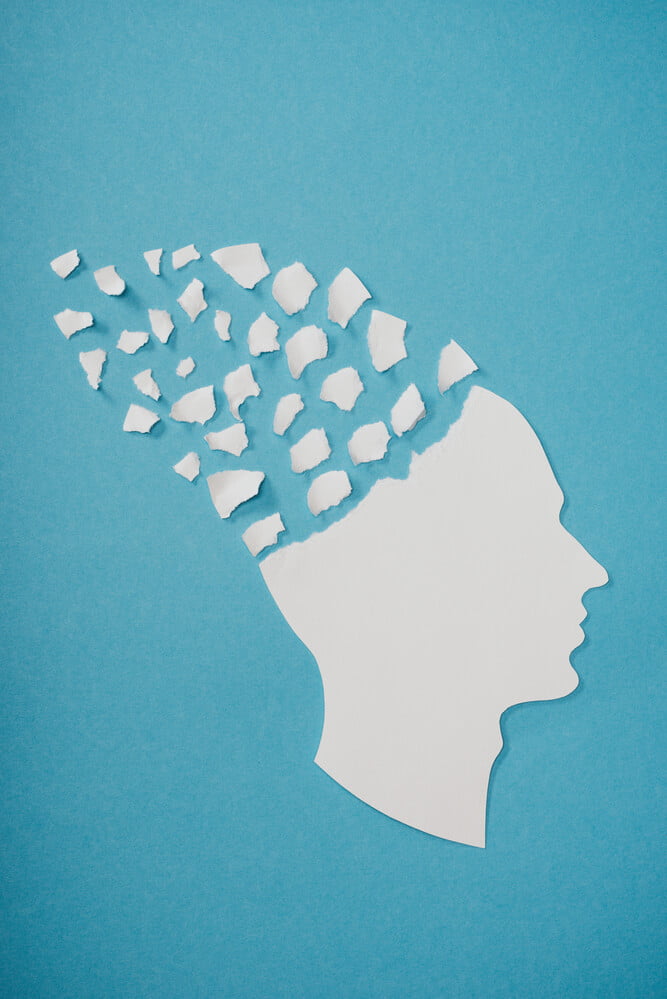
The Answer to Anxiety
Change Your Brainwaves, Change Your Life
Get your FREE copy now!
Summary
By the end of the 10th training session, the patient was using the words “optimistic” and “joyful” to describe her state of mind (Ref. S.S Transcript, session 10). The battery of personality tests administered after the 7th day of training showed that the clinical scales mentioned above had all dropped to well below the level of clinical significance, with an especially significant drop in depression.
One of the best ways of determining the existence of a relationship between treatment outcome and learned changes in brain energy is to perform correlations (Pearson product moment correlations) on data which relates EEG changes to mood and personality changes. Left and Right Occipital Alpha changes were separately computed and correlated with changes in the patient’s mood and emotional state. The Clyde Mood Scale showed increases of “Friendliness” when the patient increased her right occipital alpha. “Aggressiveness” was reduced significantly by increased right occipital alpha (r= -.55, p<.05), and this tendency was also seen with left occipital alpha increases. Both right and left occipital alpha increases had significant ability to pull her out of the “Sleepy” state into which she retreated for pain relief. The left occipital alpha energy correlated negatively with “Sleepiness” (r= -.72, p<.01), as did the right occipital alpha (r= -.61 p<.03). In addition “Unhappiness” tended to be reduced in proportion to increases in right occipital alpha.
The Multiple Affect Adjective Check List (MAACL) measures Anxiety, Depression, and Hostility. All three of these bad moods tended to correlate negatively with changes in right occipital alpha. Thus when right occipital alpha increased, there were decreases in Anxiety, Depression, and Hostility, as measured by MAACL.
Perhaps the most remarkable measures of the changes occurred on the clinical scales of the Minnesota Multiphasic Personality Inventory (MMPI). The scales are measured in percentiles, with anything above the 70th percentile indicating a clinically significant degree of personality disturbance. The patient’s changes after her training were extraordinary. Her Depression dropped from the 100th percentile to the 57th (a drop of 43 percentile points!); this change moved her from maximally disturbed to “normal”. Her Psychopathic Deviancy (PD) dropped from 71 to 54, to “normal”. Her Paranoia (PA) dropped from 76 to 59, again to “normal”. She also became less Socially Introverted (SI) dropping from 79 to 55. Her Schizophrenia (SC) and Psychaesthenia (PT) both dropped to 61 from initial values of 72 and 73, respectively. A psychiatrist who had interviewed her right before and just after her training described the results as, “truly a transformation, … miraculous”. Before the year had ended, this psychiatrist himself had become a Trainee and had completed the seven day Level 1 Training Program for the purpose of managing the stress which had led him into heart surgery.
We use cookies on our website to give you the most relevant experience by remembering your preferences and repeat visits. By clicking "Accept", or continuing to use this website, you consent to our use of ALL cookies. For more information on how we use cookies, please review our Privacy Policy.

Get your FREE copy now!